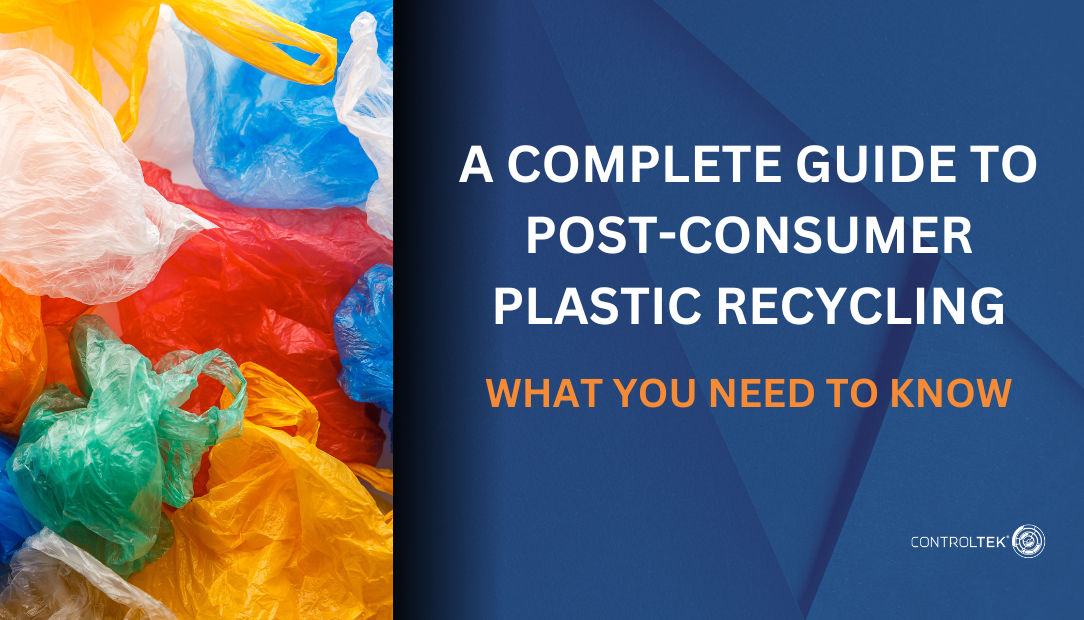A Complete Guide to Post-Consumer Plastic Recycling: What You Need to Know
July 10, 2023In recent years, the issue of plastic waste has become increasingly important as the world grapples with the consequences of our over-reliance on disposable plastic products. One of the most effective ways to mitigate this problem is by recycling post-consumer plastics. In this comprehensive guide, we'll explore the ins and outs of post-consumer plastic recycling, including the types of plastics, recycling processes, and how you can participate in this important eco-friendly practice.
Understanding Post-Consumer Plastics
Post-consumer plastics are materials that have been discarded by consumers after use. These plastics usually make up a significant proportion of the waste found in landfills and oceans. Common examples include plastic bottles, packaging materials, and food containers.
Identifying Different Types of Plastics
To recycle post-consumer plastics efficiently, it's essential to know the various types of plastic materials. Plastics are identified with a number (1 to 7) inside a triangular recycling symbol, which corresponds to the type of resin used in their production. Here's a brief overview of these plastic types:
- PET (Polyethylene Terephthalate): Commonly found in water bottles and food containers. It's widely recycled and can be turned into polyester fibers, carpeting, and new bottles.
- HDPE (High-Density Polyethylene): Used for milk jugs, detergent bottles, and grocery bags. HDPE is also widely recycled and can be transformed into new bottles, plastic lumber, and other products.
- PVC (Polyvinyl Chloride): Found in pipes, vinyl flooring, and some plastic bottles. PVC recycling is less common due to its potentially hazardous components, but it can be repurposed into new pipes and other construction materials.
- LDPE (Low-Density Polyethylene): Used for plastic bags, cling wrap, and squeezable bottles. LDPE recycling is less widespread but can be transformed into plastic lumber and other products.
- P (Polypropylene): Found in yogurt containers, bottle caps, and straws. PP recycling is growing, with the material being turned into automotive parts, crates, and more.
- PS (Polystyrene): Commonly known as Styrofoam, it's used in disposable cups and food containers. PS recycling is limited, but it can be processed to create insulation and other construction materials.
- Other: This category includes various other plastics, such as polycarbonate (PC) and bioplastics. Recycling rates for these materials vary.
Recycling Processes
Post-consumer plastic recycling involves several processes, including:
- Collection and sorting: Plastics are collected from households, businesses, and recycling stations. They are then sorted by type, either manually or using automated systems.
- Cleaning: Contaminants such as food residue and labels are removed from the plastic.
- Shredding and granulating: The clean plastic is shredded into small pieces and then further processed into granules or pellets.
- Extrusion: The granules are melted and extruded into new plastic products, such as bottles, containers, or fibers.
- Injection molding or blow molding: The molten plastic can also be injected into molds to create new products, or blown into a hollow shape for items like bottles.
How You Can Help
As a consumer, you can play a vital role in making plastic recycling more effective. Here are some steps you can take:
- Sort your plastics: Make sure to separate your plastics by type according to the recycling symbol. This helps recycling centers process the materials more efficiently.
- Clean your plastics: Rinse off any food residue or liquid before placing your plastics in the recycling bin.
- Reduce your plastic consumption: Opt for reusable bags, bottles, and containers whenever possible to minimize plastic waste.
- Support businesses that prioritize recycling: Choose products made from recycled materials and companies that have sustainable practices.
- Stay informed and spread awareness: Educate yourself and others about the importance of plastic recycling and how to participate effectively.
Conclusion
Recycling post-consumer plastics is essential in addressing the global plastic waste crisis. By understanding the different types of plastics, recycling processes, and how to participate effectively, you can help create a more sustainable future for our planet.

